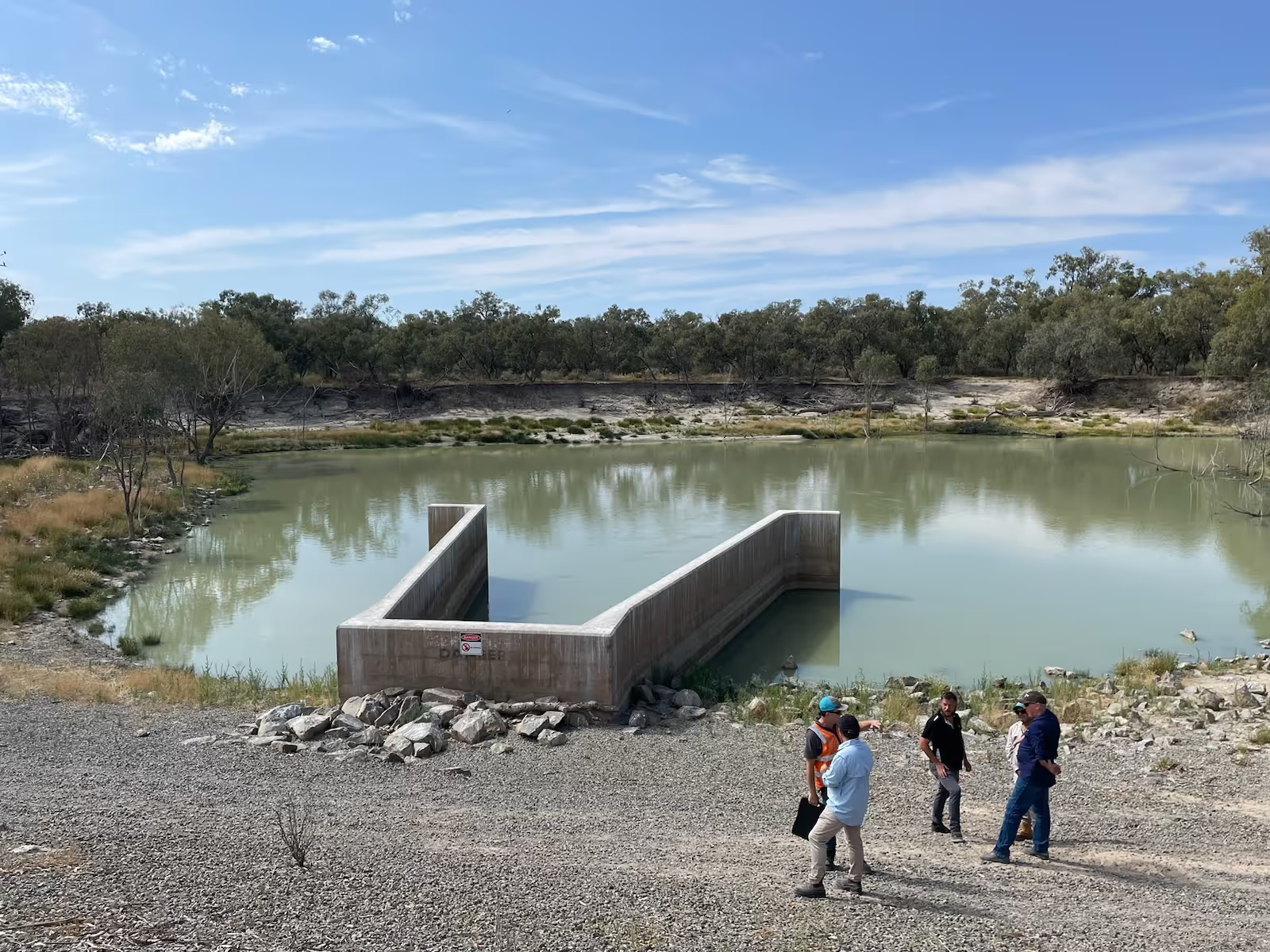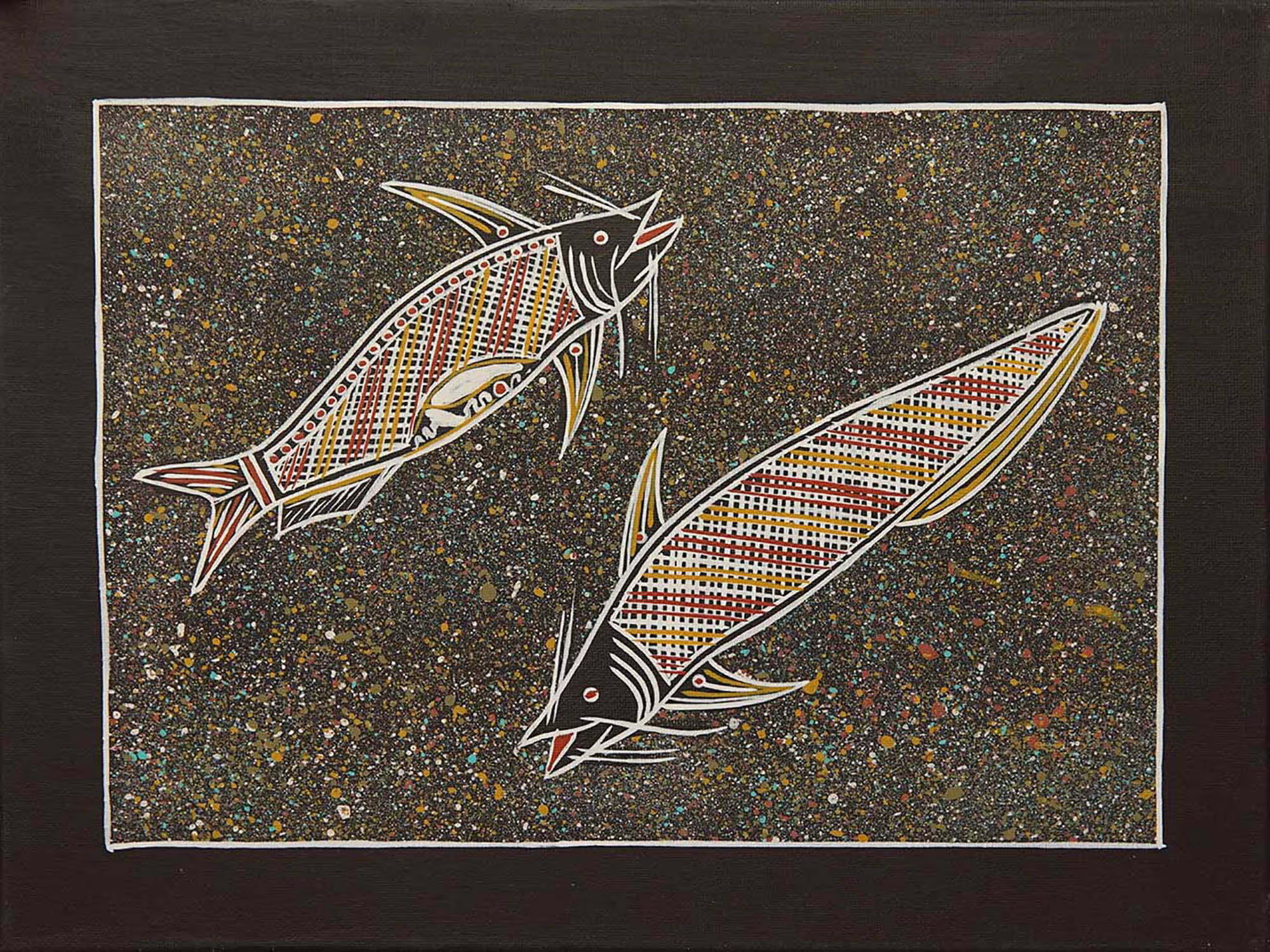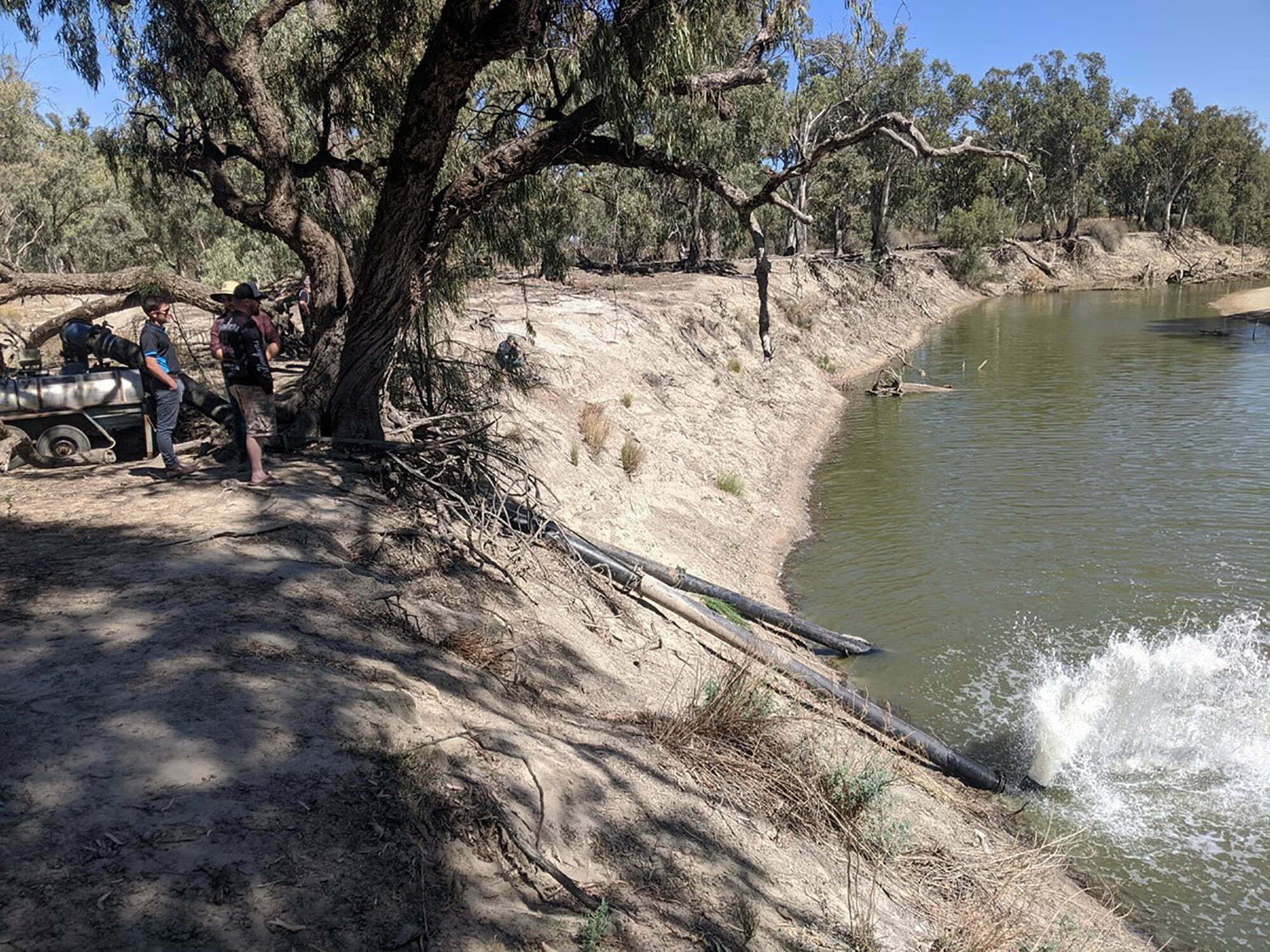





Additionally, a combination of targeted sampling and mathematical modelling funded by the CEWH and NSW Biodiversity, Conservation and Science Group, estimated that the Golden Perch population size in Lake Cawndilla in February 2023 was 1.59 million fish (at a single point in time).
Further targeted sampling has been undertaken in lakes Wetherell, Pamamaroo, Tandure, Cawndilla, Menindee, Balaka, and Bijijie to help inform up-to-date relative densities and size structure of Golden Perch for these systems.
Introduction to freshwater fishing operations
In early June 2024, DPIRD Fisheries delivered the ‘Introduction to Freshwater Fishing Operations’ program with the Barkandji community at Menindee. This innovative new program was developed as part of the NSW Government response to the OCSE independent review into the 2023 fish deaths in the Darling–Baaka River at Menindee. The program focused on building the Barkandji communities’ capacity to engage in potential economic opportunities in commercial fishing and broader freshwater actions.
Participants developed their skills in commercial fishing operations, freshwater fisheries research techniques and small vessel handling. The week brought together a group of over 40 people including Barkandji Rangers, Barkandji Elders, Menindee community members, commercial fishers and DPIRD Fisheries staff. The program continues to build positive relationships between DPIRD Fisheries and the broader Barkandji community.
Outcomes from the training included:
Increasing the Barkandji Rangers capacity to assist Fisheries; Freshwater Ecosystems Research in eDNA sample collection and electrofishing; Significant progress to achieving their Coxswain Grade 3 vessel qualification; The group gained an in depth understanding of freshwater commercial fishing operations with several participants identified to go on and assist commercial fishers as crew; and 1 tonne of Carp from the Lower Darling-Barka was removed in just 3 days!
Sekola Havilli, Project Officer from the Barkandji Native Title Prescribed Body Corporate said:
“Fishing and caring for our waterways are part of who we are. This training supports our cultural practices and aligns with our commercial goals, helping us to employ more Indigenous people and enable them to become self-employed.”
DPIRD Fisheries would like to thank the First Nations community for their involvement and support in this project. DPIRD Fisheries will continue to work with the Barkandji community who aspire to own and operate a multi-purpose commercial vessel equipped to assist with fish kill response, environmental monitoring contracts and commercial fishing opportunities.


Source: Fish kills in NSW – NSW DPI












